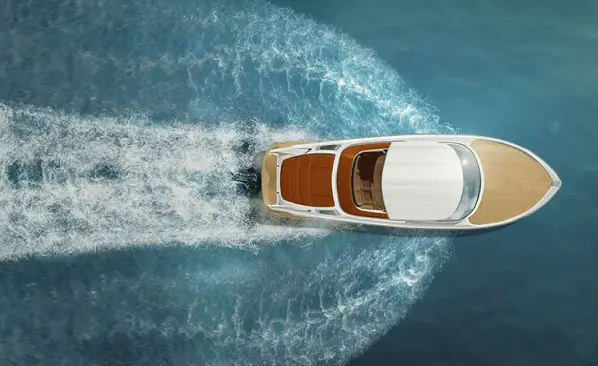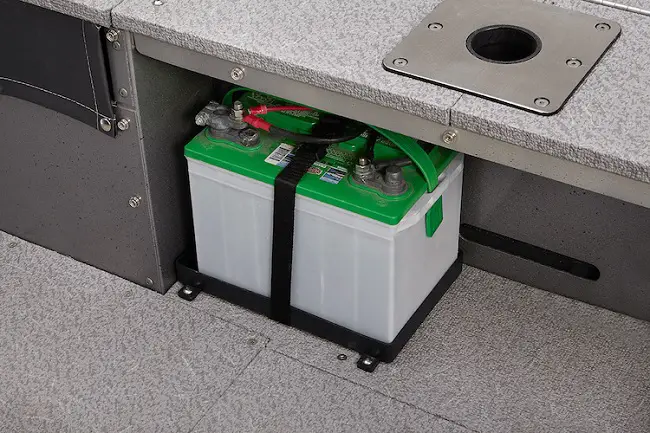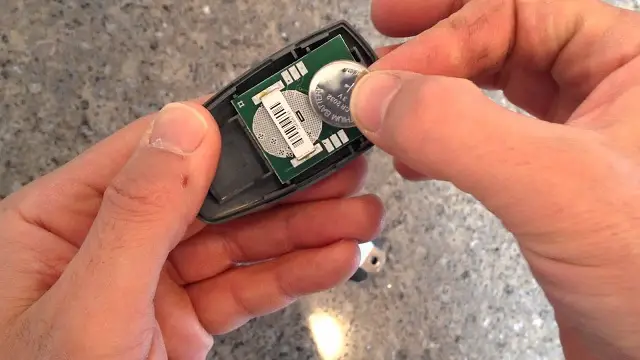The development and use of batteries have evolved so much since its early stages. Now, there are batteries that are made exclusively to be used on boats.
These kinds of batteries are usually made of advanced lead-acid, and more recently, lithium-ion.
Just like other batteries, these kinds can also lose power. And it would be a shame if such a thing happens when you’re in the middle of the water.
That being said, it is of utmost importance for a sailor to know how to charge a dead battery right on the boat.
If you have no clue how to do so, then you’re in luck!

In this article, we’ll be teaching you how to charge your battery when you’re right in the middle of the water.
Keep reading!
Types of Boat Battery Chargers
Before we get into the details of charging your battery on the boat, you need to first have a clear idea of the different types of battery chargers.
We will be looking at the two main types of chargers.
These include –
- Portable chargers
- On-board chargers
Portable Boat Battery Chargers
As the word “portable” implies, this type of boat battery charger is movable, and not built-in with the boat’s battery system.
They can also be used in various conditions, in and out of the water.
The portable charger is very popular, thanks to its low cost. Although it has a downside, being that it charges the battery at a very slow pace.
On-board Chargers
The major difference between the on-board charger and the portable charger is that the former is built-in with the boat’s battery system.
On-board chargers are very convenient to use, and they charge faster than the portable versions.
As you may have already guessed, on-board chargers cost more than the portable versions.
How To Use a Boat Battery Charger On The Water
Charging your boat’s battery using a 120v charger plugged into an outlet is the most common method. However, there are also solar-powered chargers available. These solar chargers are becoming very popular, thanks to their eco-friendly nature.
To charge using a portable charger, you will be required to attach the positive and negative charging wires into the battery’s terminals.
The next step would be to plug in the power-drawing cable into the 120v outlet, then switch it on and leave it to charge. The speed at which the battery will charge is largely dependent on the charger’s capacity.
If you’re using a solar charger, then you need to first install the solar panel on the boat’s roof. It would be wise to do this before you set sail.
You will also need an inverter, which will be used to convert the 12V DC power to 110V AC. Next step would be to plug it into the outlet and leave it to charge.
Keep in mind though, a complete solar charging kit, which includes the panel, the inverter, and the storage unit will cost you a decent sum of money.
Now that you have a basic idea of how to charge your battery while on the water, you can follow these detailed steps to charge.
1. Inspect the Battery
Before you charge your battery, be sure to inspect it first.
Clean off any dirt on the surface, and make sure the switch is off before you begin.
Also, make sure the battery connectors and terminals are corrosion-free. If they aren’t, then clean them before you start charging.
2. Connect the Charger to the Battery
Now that you’re certain the battery is clean, and the power is switched off, you can connect the charger to the battery.
3. Turn On the Charger
When the charging cables are connected, you can turn on the charger.
You can monitor the charging process by observing the display on the charger.
4. End the Charge
You will know when the battery is fully charged from observing the charging monitor.
Once it’s full, switch off the charger and disconnect it from the battery terminals.


